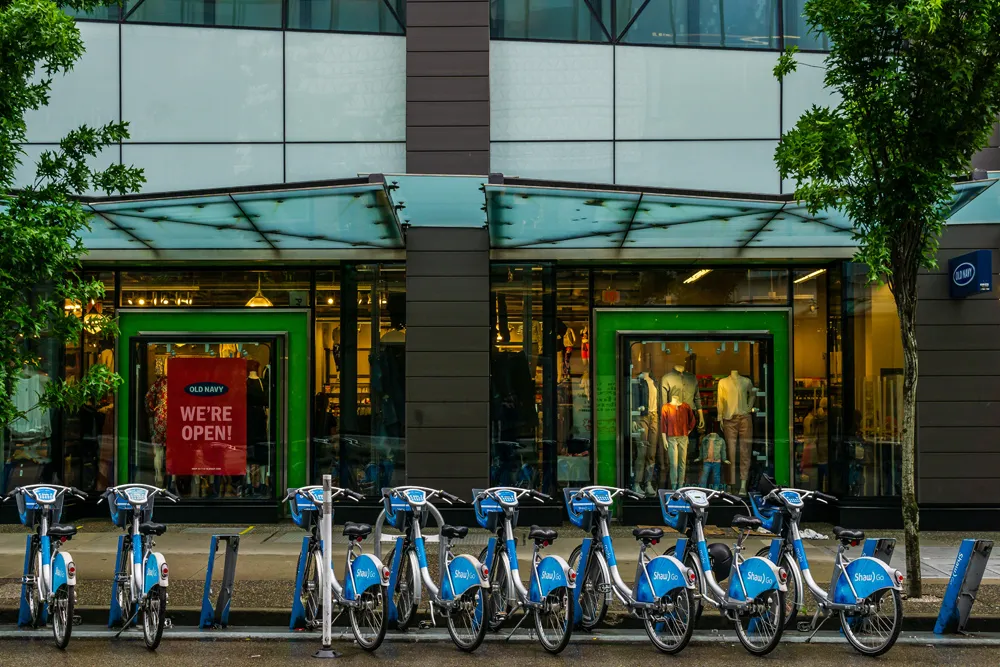Virginia Department of Transportation (VDoT) has launched of E-ZPass Flex, a new E-ZPass transponder able to switch between toll-free and toll-paying travel on the 495 Express Lanes scheduled to open by the end of this year. Because these lanes are an all-electronic tolling facility, every vehicle using them will need an E-ZPass transponder. And, though every standard E-ZPass transponder will work in the Express Lanes, only the E-ZPass Flex transponder enables drivers to use a manual switch on the transpond
July 27, 2012
Read time: 2 mins
Drivers with three or more people in the car and an E-ZPass Flex transponder switched to the HOV mode will be able to use the 495 Express Lanes toll free.
“When it comes to reaching important destinations in Virginia, travellers now have choices,” said VDoT chief deputy commissioner Charlie Kilpatrick. “Travellers can take the bus or Metro, drivers can take the 495 Express Lanes or Capital Beltway general purpose lanes, and with the flip of a switch on the E-ZPass Flex and two passengers, choose to carpool toll-free on the Capital Beltway.”










